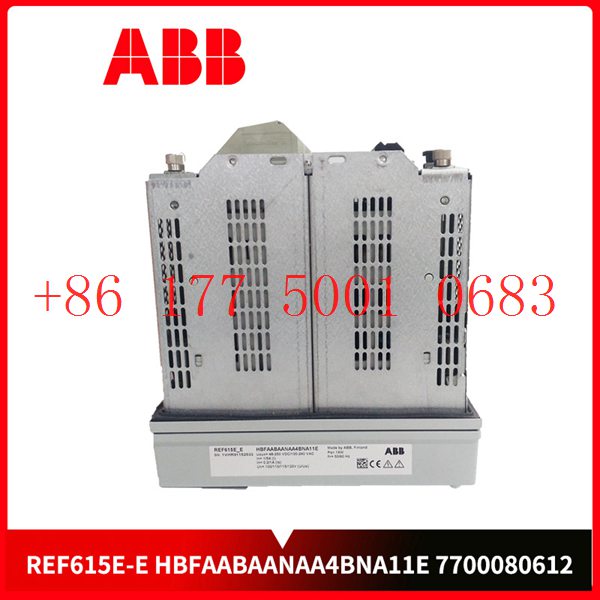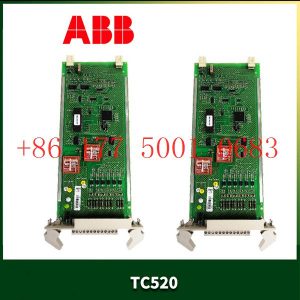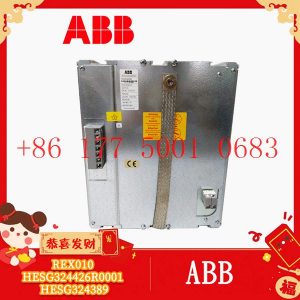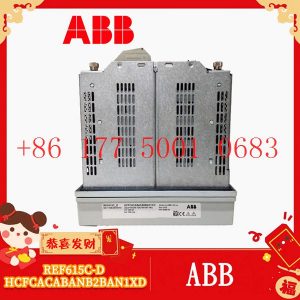Description
“This partnership is exciting. By becoming the center for ABB robotics to enter the medical field, Texas Medical Center will continue to advance innovative collaborations with cutting-edge industry partners.” said Bill McKeon, President and CEO of Texas Medical Center. Operating a medical city in a city with an average of 10 million patients per year must prioritize efficiency and precision and develop processes that are easily replicable. By partnering with ABB to leverage first-of-its-kind R&D facilities, Texas The Medical Center is committed to making this happen.”
“We are proud to work with world-leading partners to develop collaborative robotic systems for the hospital of the future and test them in real laboratories to ensure value for medical professionals. At the same time, we will drive innovation, To change the way medical laboratories around the world operate.” An Shiming said, “A key element of ABB’s long-term development strategy is to continue to invest and innovate in the field of service robots and introduce our automation expertise into new areas such as healthcare. And continue to expand markets based on business in the automotive and electronics industries.”
1 Overview
Among many bus standards, various buses are called standards. However, in industries or fields where market competition cannot be divided, various buses penetrate each other. For example, DeviceNet is widely used in the automotive, material handling and manufacturing processing industries, but in Europe, the Profibus standard is also a strong competitor in these fields and occupies an absolute share. In addition, the Profibus standard is also widely used in some specific industries, such as the application of Profibus DP in automobile factories. However, a very interesting phenomenon is that the German CAN open bus itself is also used in the automotive industry. However, no matter how you look at it, the entire market can basically be divided into two categories: process industry and manufacturing industry.
As industrial enterprises continue to invest in achieving faster and more efficient production and operation, the number of intelligent devices hanging on these different buses is increasing rapidly. The application of buses can indeed bring vitality and powerful business processing capabilities to end-user enterprises, but it also brings a problem to intelligent device suppliers: they must design different bus products based on numerous buses to meet the needs of various industries. There is a need for a bus; but the data interfaces of the products are all hardware-based. It is not advisable in terms of manufacturing cost to design a product with multiple types of hardware. In addition, control wiring in fieldbus is a time-consuming task and is not easy to succeed in the installation project. This complexity of work is obviously contrary to today’s trend of easier equipment operation. System integrators look forward to a plug-and-play solution that eliminates the need to read through thick product specification sheets provided by suppliers. This is actually a demand for flexibility and simplification of industrial communications. Therefore, ABB designs and produces a product (FieldBusPlug-FBP) that can easily and quickly connect to any bus system to simplify the entire fieldbus, as shown in Figure 1. In fact, FBP is a bus adapter .
Figure 1 Fieldbus Adapter (FBP)
2. Functions of FBP system
The FBP system can connect switchgear and other similar elements, such as motor protection and control equipment to sensors , in a simple and effective way with the usual automation systems ( PLCs ) via a bus adapter of any protocol. wait. These switching devices are independent of the bus used. Through selected bus cables (FBP cables), connections to various bus adapters can be established.
ABB FBP bus adapter can support five bus adapters: Profibus-DP, CANopen, Modbus-RTU, DeviceNet and AS-i. The appearance and connection methods of these five bus adapters are the same. It provides convenience for unified use and selection . As shown in Figure 2, the DeviceNet bus adapter is selected for communication.
Figure 2 Connection diagram of multi-substation equipment and PLC system
3. Characteristics of FBP system
Today’s automation applications not only require intelligent products, but also need to be able to communicate with each other to implement network functions, and the bus is undoubtedly the communication method chosen by many current automation equipment. When you walk into any manufacturing plant , process company, or energy company, you will easily find hundreds of actuators and sensors communicating with their controllers through a bus.
3.1 Simple and flexible bus system
One device is suitable for all bus types. Every device and every functional module in the product line contains a neutral bus adapter interface. With selected bus adapters and cable glands and pre-connected cables, it is very easy to establish reliable and flexible communication and connections, as shown in Figure 3.
Excitation system ABB module HIEE401091R0002 GD9924BE
Excitation system ABB module HIEE400995R0002 UMB015BE02
Excitation system ABB module HIEE400787R1 HI906056-855/22
Excitation system ABB module HIEE400787R1
Excitation system ABB module HIEE400643R1
Excitation system ABB module HIEE400316R1 HIEE410016P1 UDA327AE02
Excitation system ABB module HIEE400106R1 CSA464AE
Excitation system ABB module HIEE400103R1 CSA463AE
Excitation system ABB module HIEE4000109R0001 HIEE400109R1 CSA465AE
Excitation system ABB module HIEE322077
Excitation system ABB module HIEE320639R1 LT8978BV1
Excitation system ABB module HIEE320639R0001
Excitation system ABB module HIEE305120R0002
Excitation system ABB module HIEE305120R0002
Excitation system ABB module HIEE305111R0001
Excitation system ABB module HIEE305098R0001 UNS0007A-P,V1
Excitation system ABB module HIEE305089R1 UNC4674BV1
Excitation system ABB module HIEE305089R1
Excitation system ABB module HIEE305082R0001 UNS0863A-PV1
Excitation system ABB module HIEE305082R0001 UNS0863A-P,V1
Excitation system ABB module HIEE305082R0001 UNS0863A-P
Excitation system ABB module HIEE305082R0001 UNS0862
Excitation system ABB module HIEE305082R0001
Excitation system ABB module HIEE305069R1 UNC4674AV
Excitation system ABB module HIEE305060R1
Excitation system ABB module HIEE300936R0101 UFC718AE101
Excitation system ABB module HIEE300936R0101 UFC718AE01
Excitation system ABB module HIEE300936R0101
Excitation system ABB module HIEE300936R0101
Excitation system ABB module HIEE300927R0101
Excitation system ABB module HIEE300910R1 UFC092BE01
Excitation system ABB module HIEE300910R1
Excitation system ABB module HIEE300910R0001
Excitation system ABB module HIEE300910R0001
Excitation system ABB module HIEE300900R0001 PPC322BE
Excitation system ABB module HIEE300900R0001
Excitation system ABB module HIEE300900R0001
Excitation system ABB module HIEE300900R0001
Excitation system ABB module HIEE300890R0001 UAC383AE01
Excitation system ABB module HIEE300888R0002 UAC389AE02
Excitation system ABB module HIEE300888R0002 UAC389AE02
Excitation system ABB module HIEE300888R0002 UAC389AE02
Excitation system ABB module HIEE300888R0002
Excitation system ABB module HIEE300885R1 PPC380AE01
Excitation system ABB module HIEE300885R0101
Excitation system ABB module HIEE300766R0001
Excitation system ABB module HIEE300766R0001
Excitation system ABB module HIEE300744R1 UAC318AE
Excitation system ABB module HIEE300725R1 UAC317AEV1
Excitation system ABB module HIEE300715R0002
Excitation system ABB module HIEE300698R1 KUC321AE
Excitation system ABB module HIEE300698R0001
Excitation system ABB module HIEE300698R0001
Excitation system ABB module HIEE300697R1 PPC322AEV01 HIEE401447R1
Excitation system ABB module HIEE300690R1 ARC093AV1
Excitation system ABB module HIEE300690R0001
Excitation system ABB module HIEE300661R1 UPC090AE01
Excitation system ABB module HIEE300661R1
Excitation system ABB module HIEE300661R0001 UPC090AE01
Excitation system ABB module HIEE300661R0001
Excitation system ABB module HIEE300043R1 N7-10340-9/77
Excitation system ABB module HIEE300037R1
Excitation system ABB module HIEE300024R4 UAA326A04
Excitation system ABB module HIEE300024R4
Excitation system ABB module HIEE300024R2 UAA326A02
Excitation system ABB module HIEE220620R1 HI905030-322/9
Excitation system ABB module HIEE220295R1 N7-10310-7/6
Excitation system ABB module HIEE220295R0001 NU8976A
Excitation system ABB module HIEE205019R0001 UNS2980C-Z,V1
Excitation system ABB module HIEE205014R1 UNC4673AV1









Reviews
There are no reviews yet.